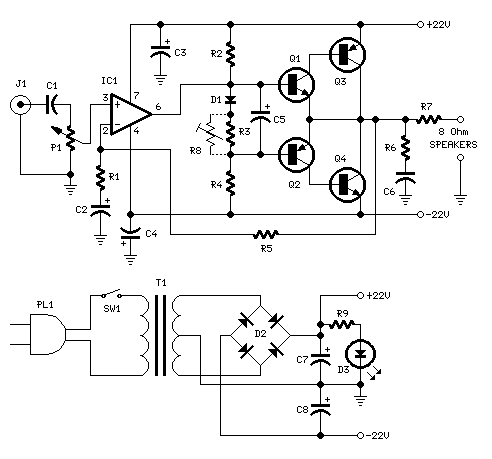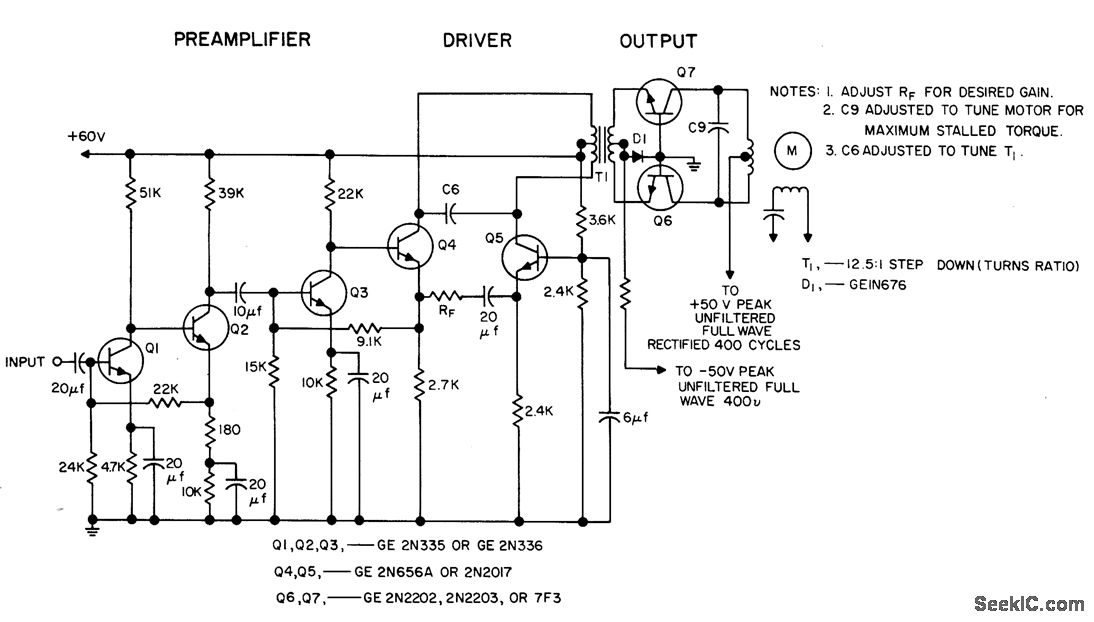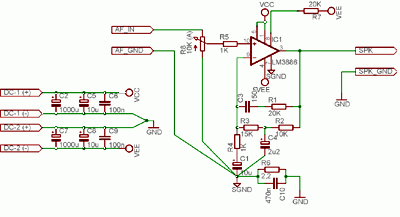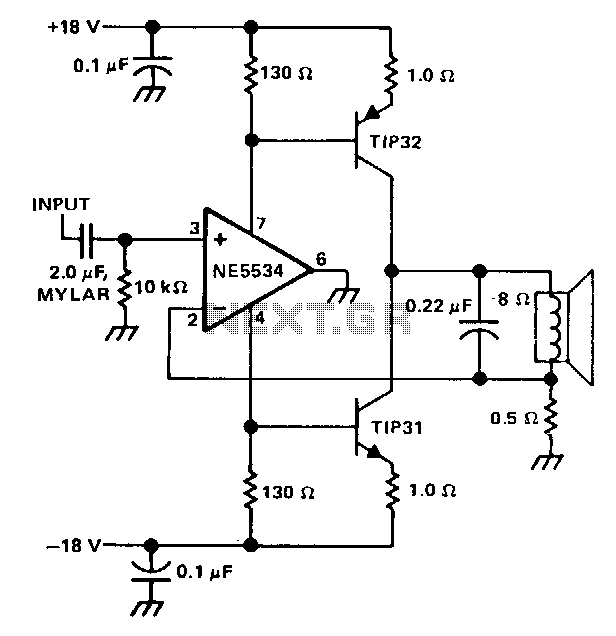
Ecological recycling amplifier (6CU6)
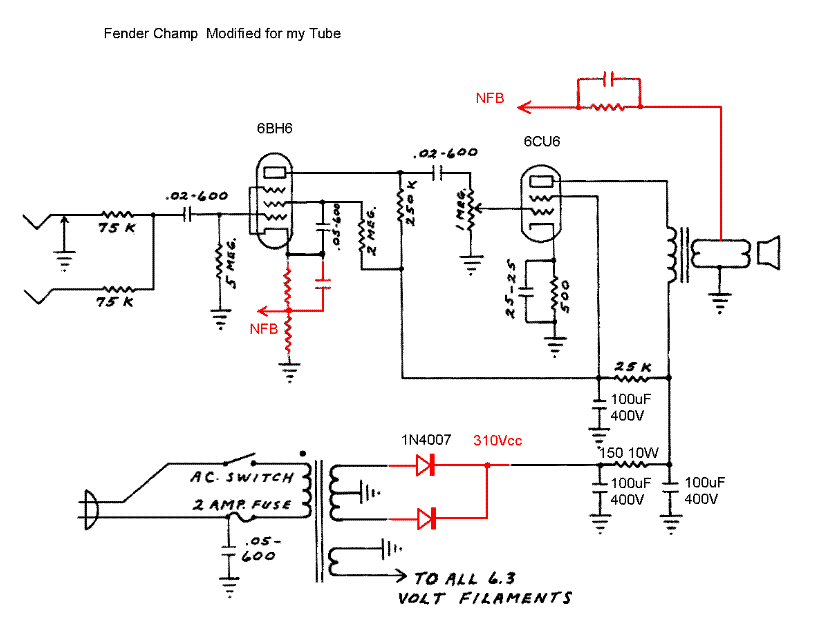
A collection of valves has been salvaged from an old television that was destined for scrap. Among these components, the 6CU6 valve, which is used for horizontal deflection, has been recovered along with a double valve.
The 6CU6 is a type of vacuum tube commonly utilized in older television sets, particularly in the horizontal deflection circuitry. This valve plays a critical role in controlling the electron beam's horizontal movement across the screen, ensuring proper image display. The double valve mentioned may refer to a dual-function tube that can perform multiple tasks within the circuit, such as amplification or signal processing.
In a typical television circuit, the horizontal deflection system includes several key components: the deflection coils, the flyback transformer, and the 6CU6 valve. The deflection coils create a magnetic field that interacts with the electron beam emitted from the cathode of the picture tube. The flyback transformer generates high voltage necessary for the operation of the picture tube and also provides the necessary pulse to drive the deflection coils.
When designing a schematic for a television's horizontal deflection circuit, it is essential to include the following elements:
1. **Power Supply**: A high-voltage power supply is required to provide the necessary voltage to the 6CU6 and the flyback transformer. The power supply must be designed to handle the load and ensure stable operation.
2. **Deflection Coils**: These coils are typically arranged around the neck of the CRT (cathode-ray tube) and are connected to the output of the 6CU6. The coils must be matched to the specifications of the CRT to ensure proper deflection of the electron beam.
3. **Flyback Transformer**: This component is crucial for generating the high voltages needed for the CRT. It also provides feedback to the circuit to regulate the operation of the horizontal deflection.
4. **Control Circuitry**: Additional components such as resistors, capacitors, and diodes may be included to form a feedback loop that stabilizes the operation of the deflection system and ensures accurate beam positioning.
5. **Signal Input**: The circuit must include inputs for synchronization signals, which help maintain the timing of the horizontal deflection in relation to the incoming video signal.
The integration of these components into a cohesive schematic will facilitate the recovery and repurposing of the 6CU6 valve and other salvaged components, allowing for experimentation and repair of vintage television sets. Proper attention to component ratings and circuit design will ensure reliable performance in any application utilizing these recovered valves.Hi guys I have recovered these beautiful valves from an old television destined to scrap. From this I have saved the 6CU6 (h.deflection) and a double.. 🔗 External reference
The 6CU6 is a type of vacuum tube commonly utilized in older television sets, particularly in the horizontal deflection circuitry. This valve plays a critical role in controlling the electron beam's horizontal movement across the screen, ensuring proper image display. The double valve mentioned may refer to a dual-function tube that can perform multiple tasks within the circuit, such as amplification or signal processing.
In a typical television circuit, the horizontal deflection system includes several key components: the deflection coils, the flyback transformer, and the 6CU6 valve. The deflection coils create a magnetic field that interacts with the electron beam emitted from the cathode of the picture tube. The flyback transformer generates high voltage necessary for the operation of the picture tube and also provides the necessary pulse to drive the deflection coils.
When designing a schematic for a television's horizontal deflection circuit, it is essential to include the following elements:
1. **Power Supply**: A high-voltage power supply is required to provide the necessary voltage to the 6CU6 and the flyback transformer. The power supply must be designed to handle the load and ensure stable operation.
2. **Deflection Coils**: These coils are typically arranged around the neck of the CRT (cathode-ray tube) and are connected to the output of the 6CU6. The coils must be matched to the specifications of the CRT to ensure proper deflection of the electron beam.
3. **Flyback Transformer**: This component is crucial for generating the high voltages needed for the CRT. It also provides feedback to the circuit to regulate the operation of the horizontal deflection.
4. **Control Circuitry**: Additional components such as resistors, capacitors, and diodes may be included to form a feedback loop that stabilizes the operation of the deflection system and ensures accurate beam positioning.
5. **Signal Input**: The circuit must include inputs for synchronization signals, which help maintain the timing of the horizontal deflection in relation to the incoming video signal.
The integration of these components into a cohesive schematic will facilitate the recovery and repurposing of the 6CU6 valve and other salvaged components, allowing for experimentation and repair of vintage television sets. Proper attention to component ratings and circuit design will ensure reliable performance in any application utilizing these recovered valves.Hi guys I have recovered these beautiful valves from an old television destined to scrap. From this I have saved the 6CU6 (h.deflection) and a double.. 🔗 External reference


